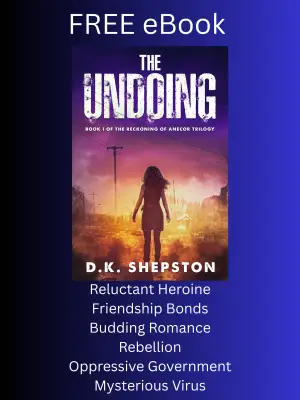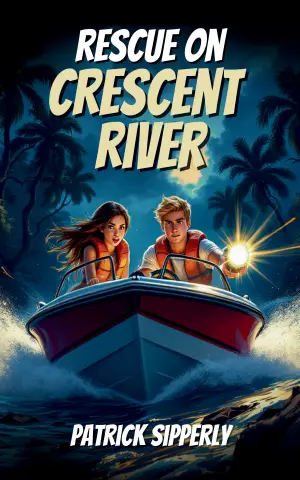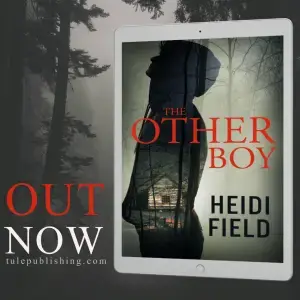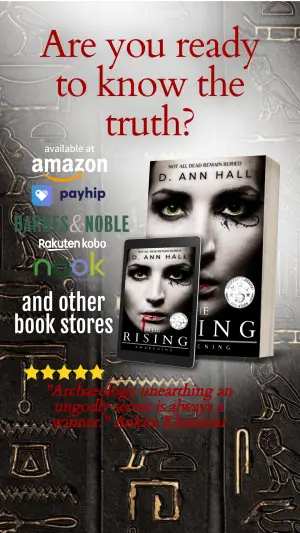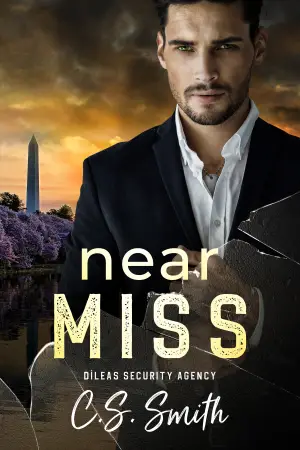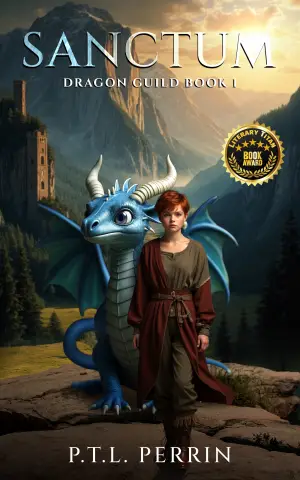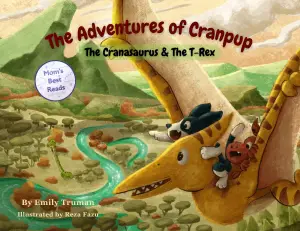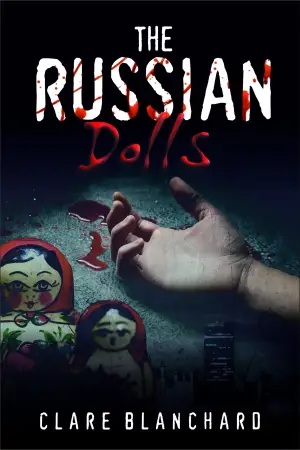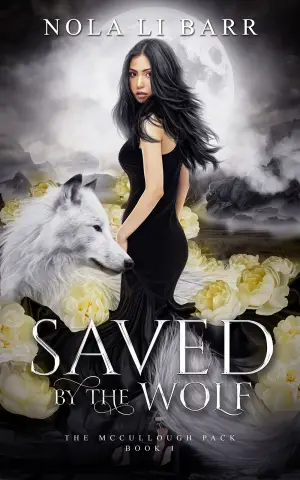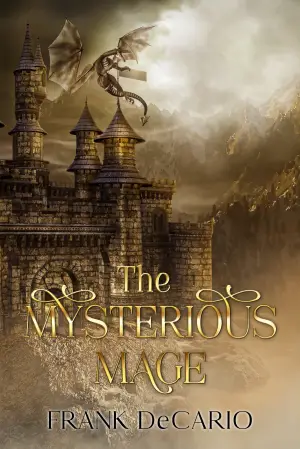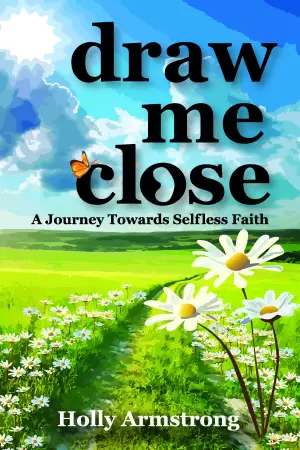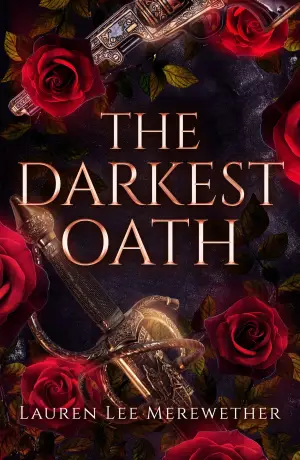Unraveling Secrets: A Deep Dive into Rory Power’s Kill Creatures
Rory Power’s Kill Creatures was a title that quickly drew me in—not just because of its chilling premise, but also due to the author’s acclaimed background with works like Wilder Girls. Power has a remarkable talent for delving into the darker aspects of human existence, and this novel seemed poised to push those boundaries even further. Little did I know just how deeply it would resonate with my own reflections on friendship, truth, and the haunting shadow of past traumas.
From the very first page, I was transported to the suffocating heat of a Utah summer, with Nan Carver standing beneath the eerie faces of her missing friends on a billboard. The palpable dread that radiated from this opening scene set the tone for what would unfold: a gripping psychological thriller that examines how far we go to construct, and sometimes dismantle, the stories we tell ourselves to survive.
What truly struck me about Kill Creatures is its exploration of one-sided friendships. Nan’s relationship with her three best friends—Edie, Jane, and Luce—feels like a delicate house of cards, teetering on the brink of collapse. Power paints a painful picture of how our desperate desire for belonging can lead us into convoluted paths of self-deception. I found myself reflecting on my own friendships, and how easy it can be to misinterpret kindness as genuine connection. When Edie cruelly labels Nan a "leech," I felt that sting, a reminder of the brutal reality of adolescent relationships.
Power’s writing style shines through in her command of atmosphere. Saltcedar Canyon, as a setting, is as much a character as Nan herself. The contrast between its alluring facade and hidden dangers encapsulates the central themes of the narrative. I was especially drawn to the ominous Devil’s Eye swimming hole, where the climax unfolds. The juxtaposition of beauty and lurking peril felt like a poignant metaphor for the characters’ façades, hiding their true natures behind crafted personas.
The novel’s structure, with its dual timelines, escalates the tension while enriching character development. I was captivated by how effectively Power wove selective memory and trauma into the narrative, especially with Nan’s recollections about her father. This complex tapestry invites readers to question the reliability of memory in the face of overwhelming trauma.
However, the book isn’t without its occasional shortcomings. Some themes felt slightly heavier than necessary, and certain plot mechanics pushed credulity to the edge, particularly surrounding the hidden horrors of Don Carver’s character arc. Yet, these minor missteps did little to dampen my overall reading experience.
As I closed the final pages of Kill Creatures, I felt a mix of unease and contemplation—a reminder of how Power’s exploration of toxic relationships and the nature of truth resonates so urgently today. This book will speak to anyone who has grappled with feelings of isolation within their social circles, or who has ever faced the unsettling reality of unreciprocated friendships.
In a world where discussions about authenticity and manipulation are more relevant than ever, Rory Power’s Kill Creatures is a timely reflection on the complexities of human connection. If you enjoy psychological thrillers that challenge your perceptions and linger in your mind long after the last page, this novel is a must-read. It’s a haunting exploration that will leave you questioning not just the characters, but also the very nature of the truths we hold about ourselves and others.


